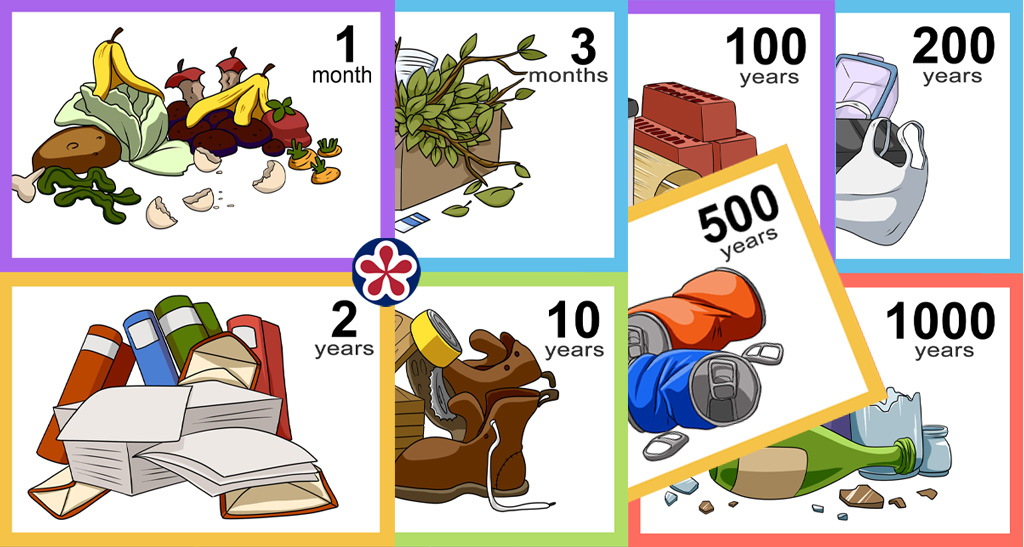april umandap
garbage sorting
eaching Preschool: Where Little Steps Make Big Strides
Teaching preschool is both an art and a science, filled with finger paint, story time, and tiny but monumental moments of discovery. At first glance, it might look like we’re just singing songs, stacking blocks, or coloring rainbows. But behind those playful activities lies a carefully crafted environment designed to spark curiosity, build social skills, and lay the foundation for lifelong learning.
Learning Through Play
In preschool, play is the primary language of learning. Whether children are pretending to run a grocery store, exploring the sandbox, or dancing to music, they’re developing problem-solving skills, fine and gross motor coordination, and imagination. A child balancing a block tower is practicing engineering concepts without even knowing it; another negotiating who gets the red truck is building early communication and conflict-resolution skills. The beauty of preschool teaching is that lessons hide inside the fun.
Creating a Safe and Nurturing Space
A preschool classroom isn’t just four walls—it’s a world designed for exploration. Low shelves invite independence, soft corners make room for comfort, and bright displays celebrate each child’s efforts. As teachers, our role is to ensure children feel safe enough to take risks—whether that risk is trying a new puzzle, speaking up in circle time, or making a new friend. Emotional safety is as important as physical safety, because a child who feels valued is more likely to engage and learn.
Routines Build Confidence
Preschoolers thrive on routine. Knowing what comes next in the day gives them a sense of control and security. Simple patterns—morning greetings, snack time, outdoor play, quiet reading—help children manage their energy and emotions. As teachers, we weave flexibility into those routines, adjusting when a rainy day calls for indoor obstacle courses or when a sudden fascination with caterpillars sparks an impromptu nature lesson.
The Power of Early Literacy and Numeracy
Reading aloud is one of the most powerful tools in a preschool teacher’s toolkit. Story time introduces new vocabulary, strengthens listening skills, and ignites a love for reading. Likewise, early math isn’t about worksheets—it’s in counting snack crackers, sorting buttons by color, or finding shapes in the playground. Every activity is an opportunity to build foundational skills without making it feel like “schoolwork.”
Partnering with Families
Preschool teaching is a partnership. Families are a child’s first and most important teachers, and when parents and educators communicate openly, children benefit the most. Whether it’s sharing a child’s progress, offering suggestions for at-home activities, or celebrating milestones together, strong teacher-parent relationships reinforce learning inside and outside the classroom.
Why It Matters
The preschool years are a time of rapid growth. The lessons learned—both academic and social—become the stepping stones for kindergarten and beyond. Teaching preschool means being part of those first “I did it!” moments, planting seeds of curiosity, and helping children believe in their own abilities.
In the end, teaching preschool is about more than ABCs and 123s. It’s about nurturing kindness, independence, and a lifelong love for learning—one small handprint at a time.




